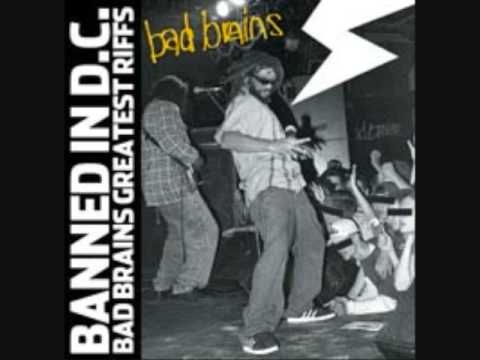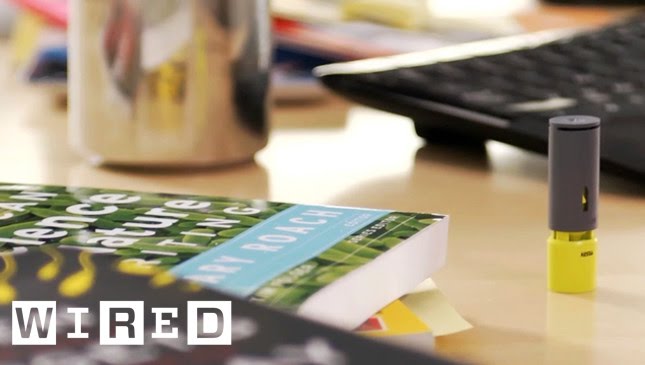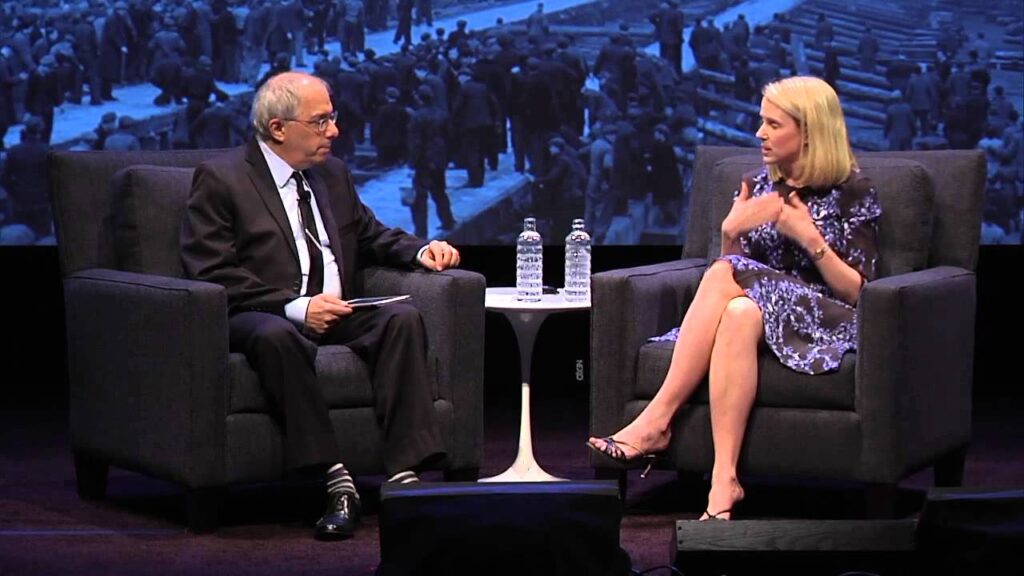Beekeeping 101: Everything You Need to Know About Bees
Summary
Professional beekeeper, Erica Thompson, shares her expertise on all things bees and beekeeping. From training bees to whether the “Bee Movie” is accurate, Erica covers a range of topics in this Q&A session.
Table of Contents
- How did you get interested in beekeeping?
- What’s the best way to remove a bee sting?
- How important is it to wear protective gear when working with bees?
- Can you explain how to find the queen bee?
- How do bees decide which flowers to forage from?
- How do beekeepers calm bees before entering the hive?
- How do you introduce a spare queen to a colony?
- What is the responsible way to harvest honey?
- How important are bees for pollination?
- How can we support bee populations?
Introduction
Bees play a crucial role in our ecosystem, from pollinating crops to producing honey. However, they are currently under threat due to climate change, habitat loss, and pesticide use. In this Q&A session, Erica Thompson, a professional beekeeper, shares her expertise on all things bees. From how to find the queen bee to the responsible way to harvest honey, Erica covers a wide range of topics to help educate us on the importance of bees and how we can support them.
Q&A
How did you get interested in beekeeping?
Erica: I got interested in beekeeping after attending a local beekeeping association meeting. I was fascinated by how complex and intelligent bees are, and I wanted to learn more about them. I started volunteering at a local bee farm, and that’s where I gained hands-on experience with beekeeping. The more I learned, the more I fell in love with the bees.
What’s the best way to remove a bee sting?
Erica: The best way to remove a bee sting is to gently scrape it out using a credit card or something with a flat edge. Avoid using tweezers, as they may squeeze the venom sac and release more venom into your skin. Wash the area with soap and water, and apply a cold compress to reduce swelling and pain.
How important is it to wear protective gear when working with bees?
Erica: It’s extremely important to wear protective gear when working with bees. Bees will instinctively defend their hive, and if they feel threatened, they may sting. Protective gear, such as a bee suit, gloves, and a veil, can help keep you safe during hive inspections and honey harvesting.
Can you explain how to find the queen bee?
Erica: Finding the queen bee can be challenging, as she can be hard to spot among the thousands of worker bees in the hive. One way to find her is to look for eggs, as only the queen lays eggs. Once you locate the eggs, you can follow the queen bee’s path as she moves from cell to cell, laying eggs. It takes practice and patience to find the queen bee, but it’s an essential skill for beekeepers.
How do bees decide which flowers to forage from?
Erica: Bees use a combination of sight, smell, and taste to decide which flowers to forage from. They are attracted to bright colors, patterns, and sweet smells. Once they land on a flower, they use their proboscis, a long tongue-like structure, to taste the nectar. Bees have a preference for certain types of flowers, depending on the season and availability.
How do beekeepers calm bees before entering the hive?
Erica: Beekeepers use smoke to calm bees before entering the hive. Smoke masks the scent of alarm pheromones that bees release when they feel threatened. This makes them believe there is a wildfire nearby, and they instinctively start gorging on honey in preparation for evacuating their hive. While they are gorging, they are less likely to sting, as their stingers are filled with honey and not venom.
How do you introduce a spare queen to a colony?
Erica: The best way to introduce a spare queen to a colony is to use a queen cage. The queen is placed inside the cage along with a few worker bees, which help her acclimate to the new colony. The queen cage is then placed inside the colony for a few days, allowing the worker bees to get used to her pheromones. After a few days, the queen cage is opened, and the worker bees will accept the new queen.
What is the responsible way to harvest honey?
Erica: The responsible way to harvest honey is to leave enough for the bees to survive the winter. Beekeepers should only harvest surplus honey, which is the honey that remains after the bees have stored enough honey for their own use. Beekeepers should also avoid using chemicals, such as antibiotics and pesticides, which can contaminate the honey and harm the bees.
How important are bees for pollination?
Erica: Bees are incredibly important for pollination, as they are responsible for pollinating one-third of the food we eat. Without bees, many crops, such as almonds, apples, and berries, would disappear. Not only do bees pollinate food crops, but they also pollinate plants that provide habitat and food for other wildlife.
How can we support bee populations?
Erica: There are several ways we can support bee populations. One way is to plant bee-friendly plants, such as lavender, salvia, and sunflowers, which provide food for bees. Another way is to buy honey from local beekeepers, which helps support their business and provides a market for their honey. Supporting local beekeepers also helps maintain healthy bee populations in the area. Lastly, reducing pesticide use and protecting natural habitats are crucial steps to protect bee populations from further decline.
Conclusion
Bees are a vital part of our ecosystem, and beekeepers like Erica play a crucial role in maintaining healthy bee populations. By educating ourselves on bees, how they live, and what they need to thrive, we can all do our part to support these amazing creatures. From planting pollinator-friendly plants to buying honey from local beekeepers, every small act helps to protect bees from the many threats they are facing today.







